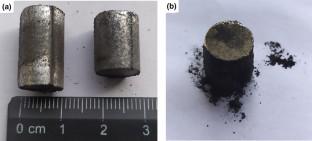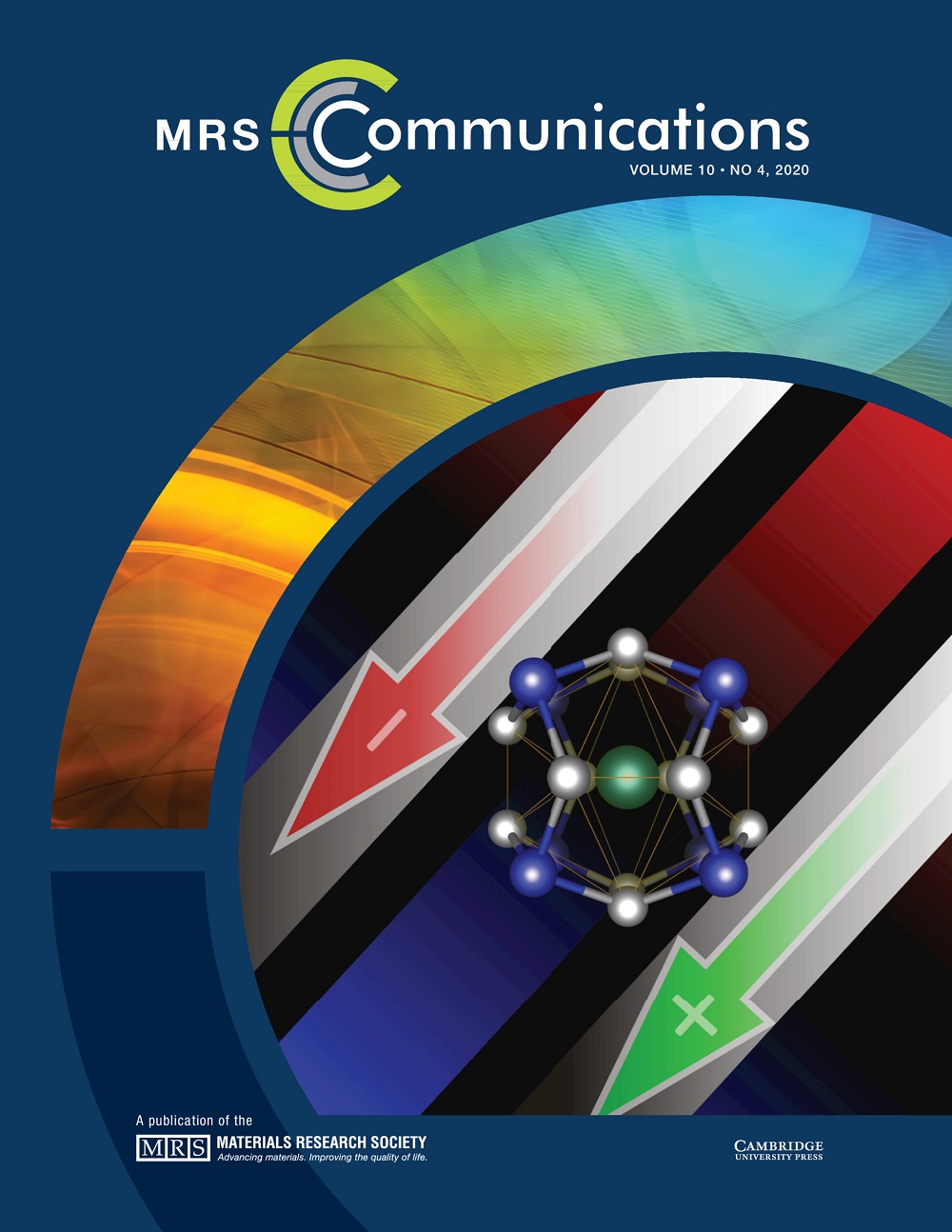Composite material based on Laves phase with magnesium for hydrogen storage
IF 2.3
4区 材料科学
Q3 MATERIALS SCIENCE, MULTIDISCIPLINARY
引用次数: 0
Abstract
An alloy based on the Laves phase, which hydrogenated at room temperature, and magnesium powder were used to create the composite material. Using the method of hydrogen dispersion, the alloy was crushed into a powder with a size of 30 μm. Composite materials were obtained by mixing magnesium with a size of 100 μm and the resulting powders from the alloy for 8 h, followed by pressing. This made it possible to obtain a new type of materials for hydrogen batteries, since they cannot be produced by the traditional casting method, because they do not have mutual solubility.
Graphical abstract

基于拉维斯相与镁的储氢复合材料
我们使用在室温下氢化的基于拉维斯相的合金和镁粉来制造这种复合材料。使用氢分散法将合金粉碎成 30 μm 大小的粉末。将粒度为 100 μm 的镁和合金粉末混合 8 小时,然后进行压制,就得到了复合材料。这使得获得一种新型氢电池材料成为可能,因为传统的铸造方法无法生产这种材料,因为它们不具有互溶性。
本文章由计算机程序翻译,如有差异,请以英文原文为准。
求助全文
约1分钟内获得全文
求助全文
来源期刊

MRS Communications
MATERIALS SCIENCE, MULTIDISCIPLINARY-
CiteScore
2.60
自引率
10.50%
发文量
166
审稿时长
>12 weeks
期刊介绍:
MRS Communications is a full-color, high-impact journal focused on rapid publication of completed research with broad appeal to the materials community. MRS Communications offers a rapid but rigorous peer-review process and time to publication. Leveraging its access to the far-reaching technical expertise of MRS members and leading materials researchers from around the world, the journal boasts an experienced and highly respected board of principal editors and reviewers.
 求助内容:
求助内容: 应助结果提醒方式:
应助结果提醒方式:


